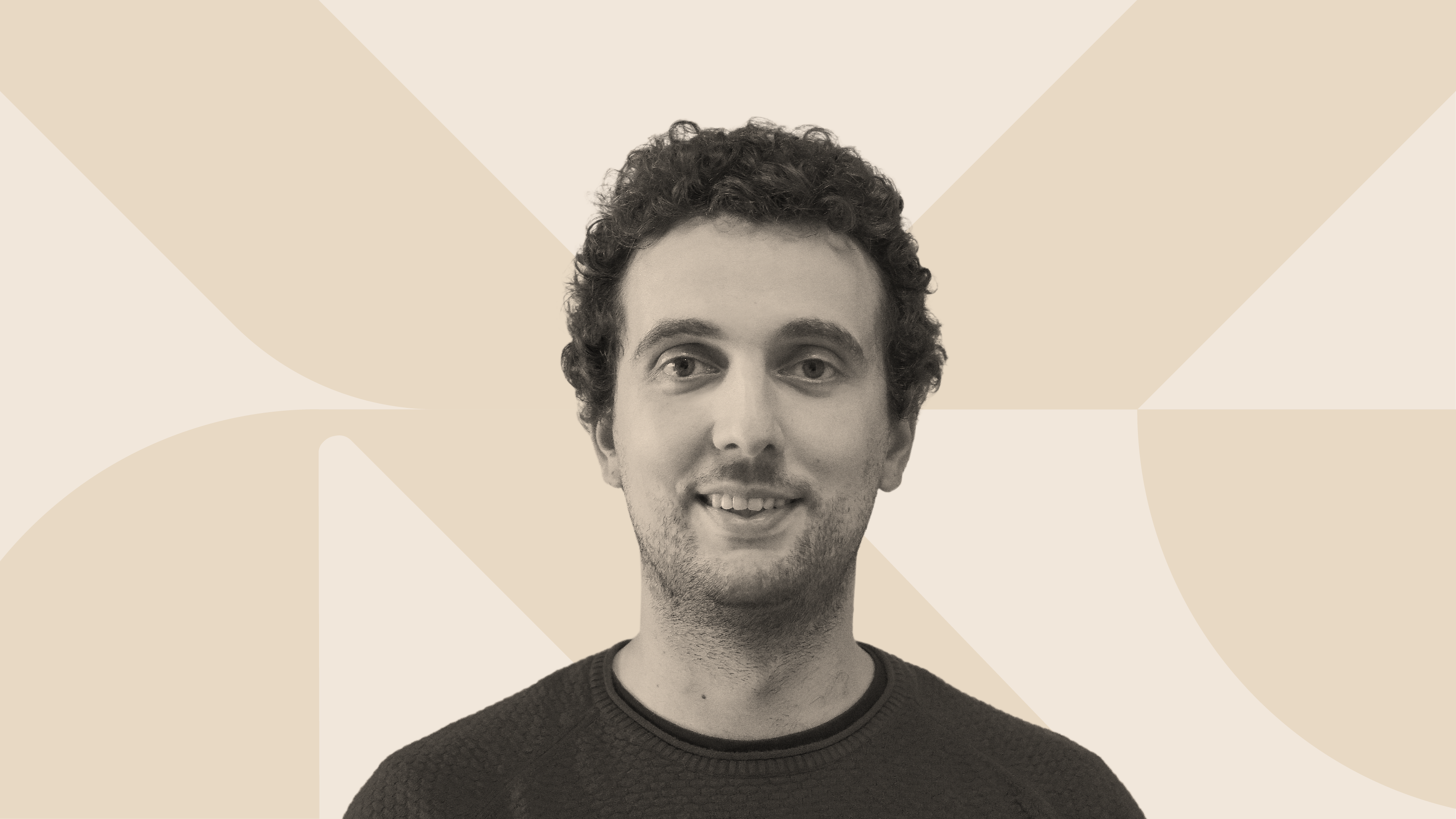Introducing Carlos Sousa, a new guest for our One ethos, One culture chronicle. Carlos is a Lead Backend Developer at Metyis’ office in Porto and provided us with a window into his daily life and how it is to work in a team on such ambitious IoT projects.
Meet Carlos, our Lead Backend Developer in Porto
What is your role at Metyis?
I joined Metyis two years ago to be part of a small team of two Backend Developers based in Porto.
Since then, I have been working in the Backend and DevOps areas of IoT projects. So, I have to ingest and save data coming from our hardware and sensors and implement business logic to make meaningful data available across different apps and websites. Besides that, I am on the team dedicated to creating and maintaining the IT infrastructure that holds our databases and servers.
Currently, I am the Lead Backend Developer overseeing an eight-person team. In addition to my responsibilities on the development side of projects, I am responsible for mentoring team members to thrive within their roles as they innovate solutions tailored to clients’ precise needs.
What made you decide to join the Metyis team?
One of the main reasons was the team here at Porto. When I went to the Porto office to meet the team, I immediately felt that it was the right place to work at this stage in my career. The environment felt very dynamic and motivated, and everyone was visibly enjoying their projects. Before Metyis, I mainly worked on e-commerce projects for fashion clients. Metyis posed an opportunity to enter the world of IoT, which is very appealing for someone with an Electrical Engineering background.
What do you love most about your job and working at Metyis?
The team and the projects. It is effortless to communicate with everyone on my team or in a completely different area or even country. Additionally, the challenge of, as a backend developer, working not only with the frontend team but also very closely with the hardware and UX/UI teams, is exciting and not very common. This way, one can see the full development, from the sensors design and implementation to the design and development of apps and websites.
In terms of projects, working in the IoT area is very motivating. I feel that we are creating real value for our partners by collecting, analysing, and providing insights on previously unavailable data. We also have a lot of autonomy to define the approach and steer the development in ways that we feel will bring the most value to the partner, as well as using state of the art solutions for the different challenges that we find along the way.
What does a typical workday at Metyis look like for you?
Well, the first step of the workday of a developer is, obviously, coffee. Then, I will have meetings to go through the work from the previous day and then confront today’s new challenges. After these discussions, I can focus on technical solutions for new features or eventual bugs. This includes every project stage, from planning and defining the right strategy to the actual coding and finally testing and delivering the solution
Which tools does a Backend Developer use at Metyis to deliver high-quality features?
We are using a platform, which helps us keep track of tasks and maintain relevant documentation. We can use a simple text editor or a fancy IDE for the programming part, depending on each person’s taste. We have contact with a wide range of programming languages. Mainly java and javascript, but whenever there is an opportunity, we try different ones like, for example, kotlin or golang. Finally, we use some tools and frameworks to help with quality assurance: Jenkins is very useful for automating tests and deploys and SonarQube to maintain code quality.
How does a Backend Developer contribute to innovating projects?
Our IoT solutions bring new insights from data that was not available before. For example, knowing beer consumption at the glass level makes it possible to have a highly detailed view of sales. On the other side, the amount of data produced and stored creates immense challenges in delivering highly performant applications.
How does your collaboration with Frontend Engineers benefit your work?
Well, they learn a lot from us. Jokes aside, I think we have a fantastic team. We are constantly communicating and deciding, together, on solutions that work well for both teams. And this also applies to our Hardware and Firmware team, as we must have a well implemented flow of data from the electronics to the servers and, finally, to the websites, apps or dashboards visible to the clients and their users.
Tell us a little more about yourself.
I am from Porto, Portugal. I studied Electrical Engineering but was always more drawn to programming. In my free time, I enjoy playing the piano. I am also trying to be a better chess player and I am proud of not losing to the Scholar’s mate anymore!
